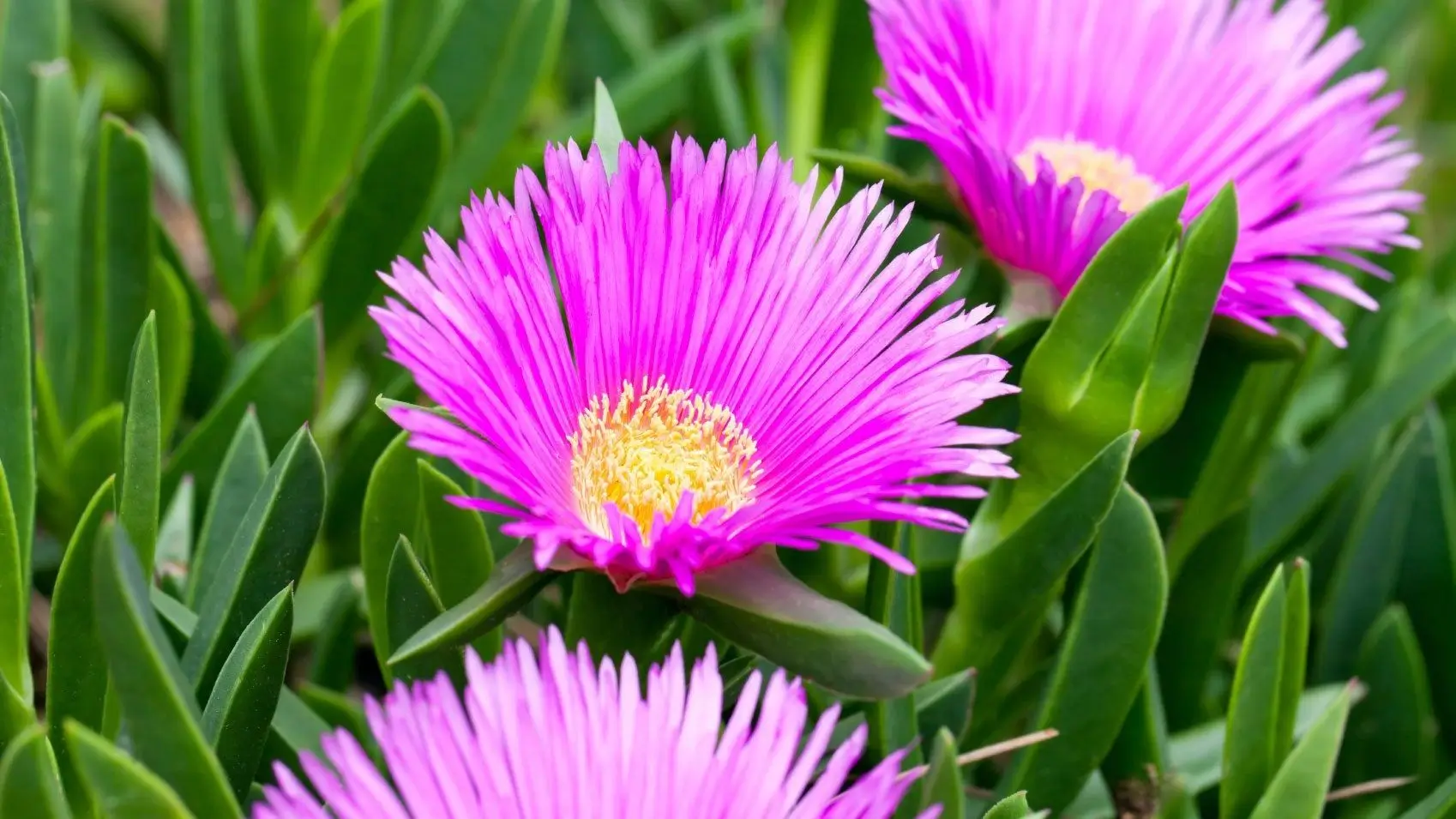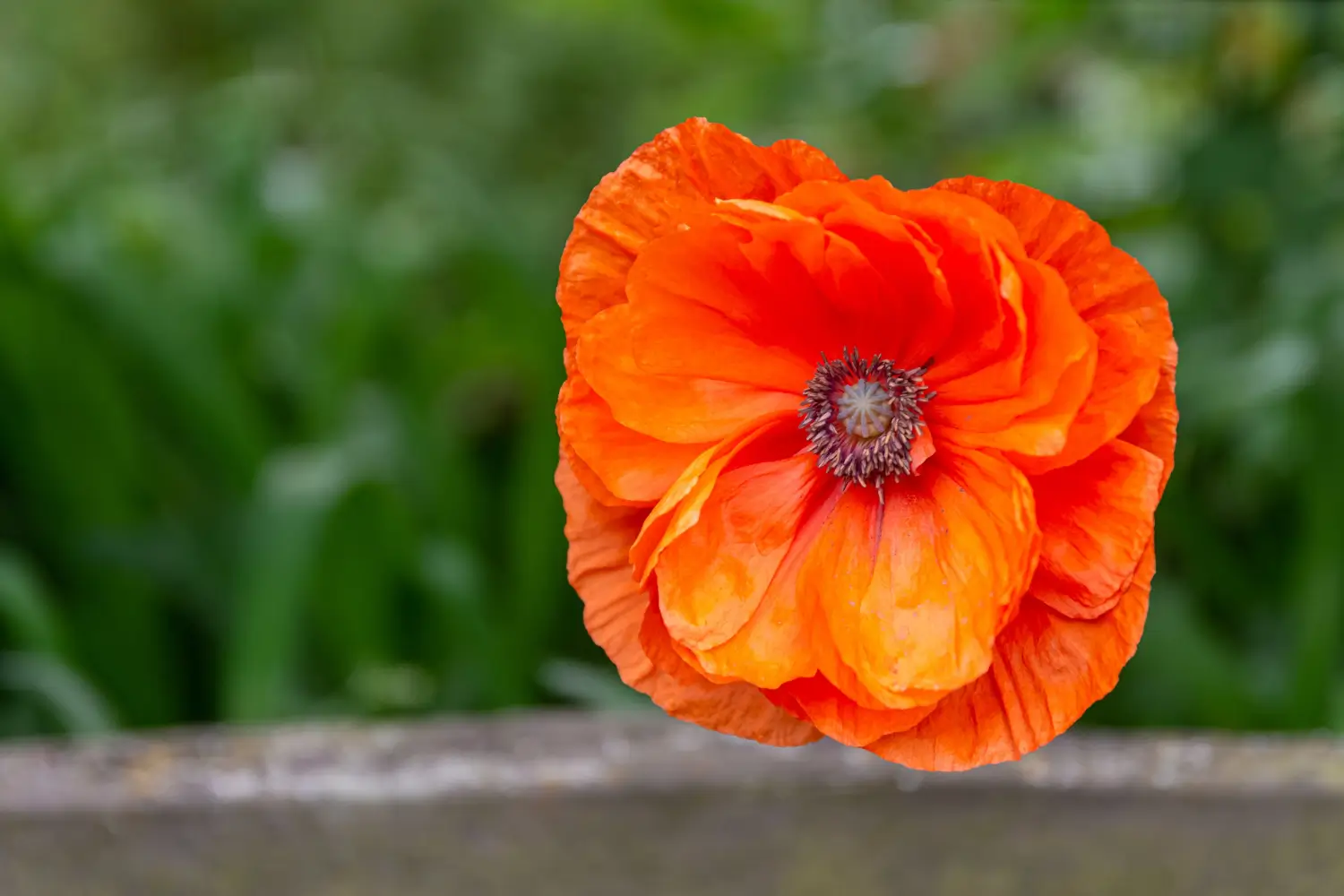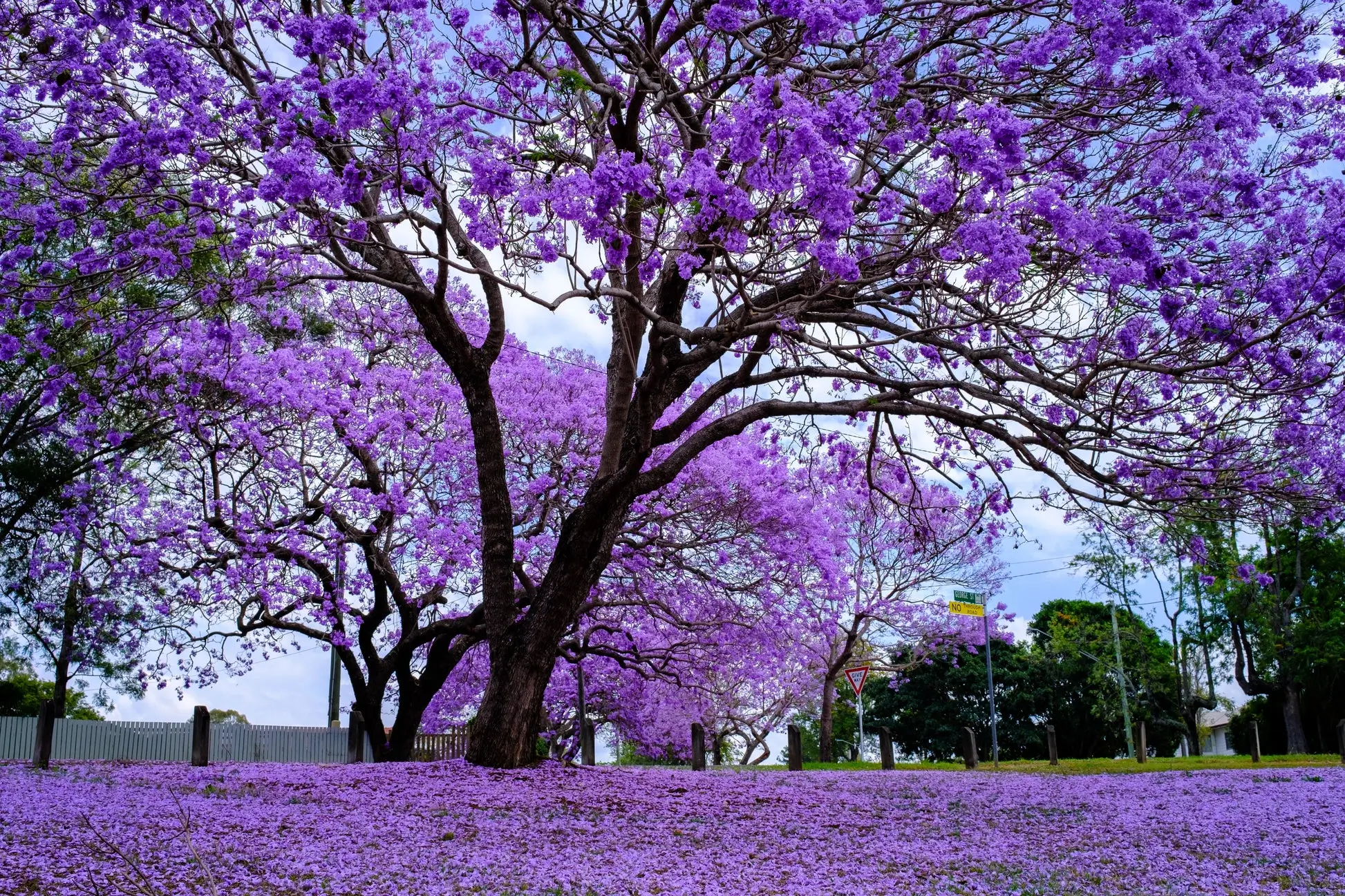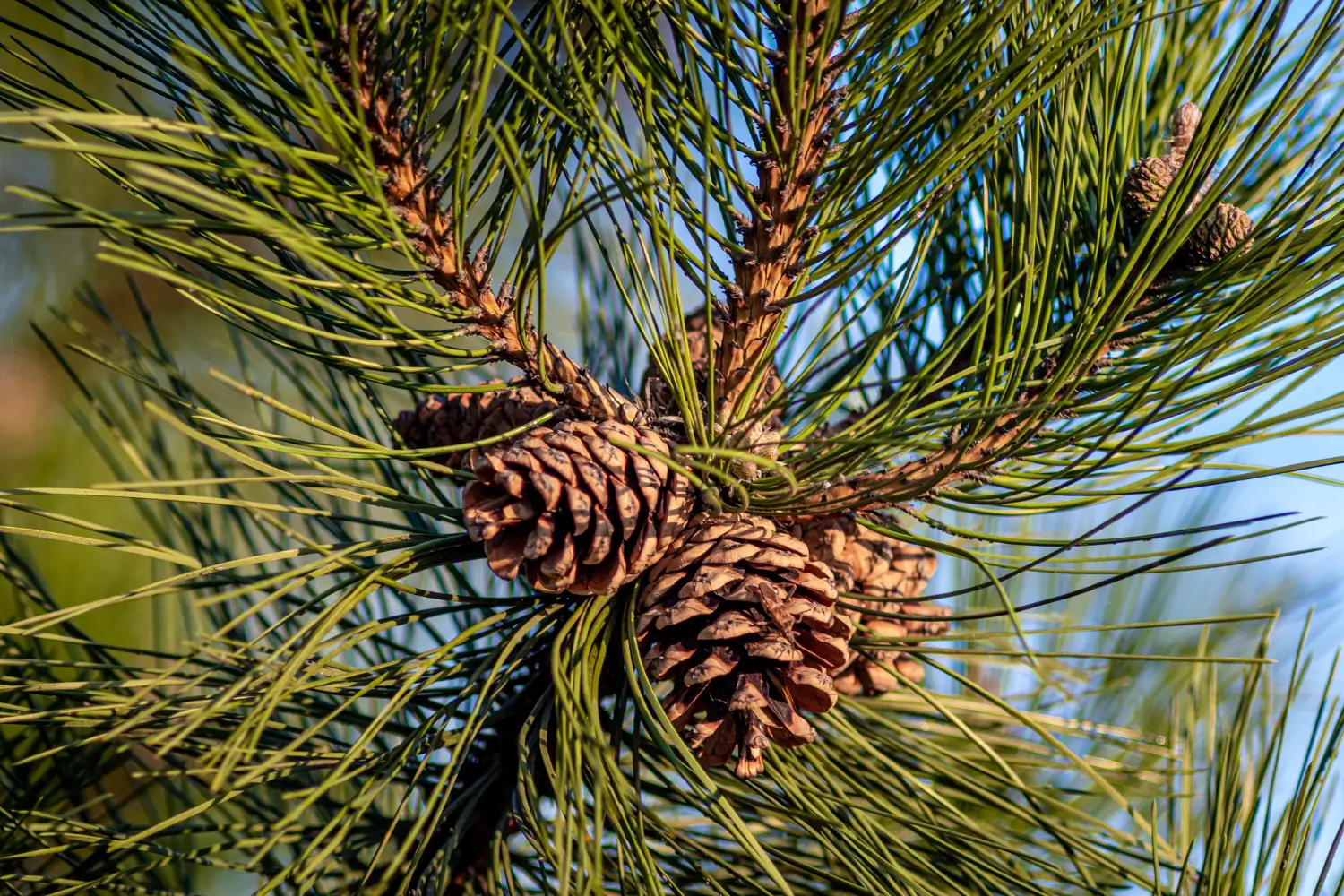
Soil Health & Fertilization
We unite suppliers and green industry professionals worldwide
Oakleaf Hydrangea (Hydrangea quercifolia) is a genuine multi-season miracle. This shrub offers something special every season — from creamy white flower cones in summer to crimson foliage in autumn and exfoliating bark that adds texture to winter gardens.
By Mariam Scott
|Published on June 12, 2025


“What if one plant could give you fluffy summer blooms, bold fall color, and gorgeous winter bark?”
Meet Oakleaf Hydrangea (Hydrangea quercifolia), a genuine multi-season miracle. Native to the southeastern United States, this shrub offers something special every season — from creamy white flower cones in summer to crimson foliage in autumn and exfoliating bark that adds texture to winter gardens.
Unlike many hydrangeas, that require cooler climates and constant pampering, Oakleaf Hydrangea is tough and versatile. It grows well in partial shade, doesn’t mind dry periods once established, and even tolerates a bit of neglect. Whether you’re creating a native garden, shaping a woodland border or simply want a shrub with ability to make a statement, Oakleaf Hydrangea is the best choice.
| Common Name | Oakleaf Hydrangea |
| Botanical Name | Hydrangea quercifolia |
| Type | Deciduous shrub |
| Height/Spread | 4–8 ft. tall and wide |
| Sunlight | Partial shade to full sun (in cooler climates) |
| Soil | Moist, well draining, slightly acidic |
| Watering | Moderate; more often in heat |
| Bloom Period | Late spring to early summer |
| Hardiness Zones | USDA 5–9 |

September 25, 2025
9 minute read
September 24, 2025
9 minute read
September 23, 2025
10 minute read
September 22, 2025
9 minute read


Join as a seller and connect with thousands of B2B buyers nationwide!
Sign Up

Ice Plant
The ice plant (Delosperma) is an eye-catching low-maintenance perennial with bright daisy-like flowers and succulent leaves

Iceland Poppy
Every flower has great beauty but very few flowers have the wondrous beauty of nature like Iceland Poppy (Papaver nudicaule)

Jacaranda Tree
The Jacaranda tree is more than just an aesthetic spectacle; it also provides extensive shade and brings a tropical vibe to your garden.

Jack Pine
To round out your garden or natural area, consider adding the Jack Pine, which is a rugged and hardy tree.
After being planted correctly, Oakleaf Hydrangea care is pretty effortless. It thrives in well-drained soil and partial shade but can tolerate full sun in cooler zones. Once it’s established, it is relatively drought-tolerant and low-maintenance. For better flowering and colored foliage, water regularly and prune lightly. A layer of mulch around the base will help to keep in moisture and suppress weeds to develop, particularly in warmer regions.
Oakleaf Hydrangea thrives best in part shade, especially in warmer southern zones. A few hours of sun in the morning combined with afternoon shade keeps foliage healthy and flowers blooming. In northern climates, it can tolerate more sun if the soil remains moist. Excess shade can lead to fewer flowers and leggier plants.
This hydrangea prefers rich, well-draining soil that leans slightly acidic, but it’s surprisingly adaptable. It will thrive in loamy, sandy or even somewhat clay-heavy soils as long as water doesn’t pool around the roots. Mixing compost at planting time improves soil texture and moisture retention, leading to lush foliage and healthy blooms.
Water Oakleaf Hydrangea regularly in its first year as it develops deep roots. After that, it’s quite resilient. Water deeply once a week in normal conditions, and more often during heat waves or drought. In summer, do not allow the soil to dry out completely, as this discourages flower production and stresses the plant.
Oakleaf Hydrangea blooms on old wood, meaning the flower buds develop on stems from the previous year.
Oakleaf Hydrangea can easily be propagated from softwood cuttings or layering.
While Oakleaf Hydrangea prefers garden beds, it can grow in containers if you select the right size and care routine.
Container-grown Oakleaf Hydrangeas can live for years with proper pruning and frequent repotting.
Oakleaf Hydrangea usually requires no additional winter care in most USDA zones where it grows. But in colder zones (such as USDA 5), some protection is helpful.
Apply a thick layer of mulch around the base in late fall to insulate the roots. If an early frost threatens new buds, cover the shrub with burlap or a frost cloth. And avoid late-fall pruning, as this can stimulate tender new growth that may not survive the cold. In spring, once new leaves are visible, remove any winter-damaged wood.
Oakleaf Hydrangea flowers from late spring to early summer with cone-shaped clusters of creamy white flowers that gradually age to soft pink or rose. These flowers last for weeks and look gorgeous even as they fade. After bloom fades, the plant still shines through its bold, oak-like foliage and striking bark in fall and winter. Regular watering and light, annual pruning also help encourage more vigorous blooming each year.
Overall, Oakleaf Hydrangea is a trouble-free plant, but a few issues may happen.
Keeping your plant healthy and avoiding overly wet conditions can prevent most issues.
With its elegant white flowers, richly colored fall foliage, and winter interest, Oakleaf Hydrangea is more than just a pretty shrub—it’s a four-season performer. Whether nestled into a woodland garden or included in a mixed border, it provides long-lasting beauty and a touch of the wild. And once you’ve seen it glow in the fall or stand strong through snow, it’s hard not to fall in love with this southern native.
No, the flower color doesn’t alter based on soil pH as with mophead hydrangeas. The flowers turn pink naturally as they age.
Immediately after it stops flowering, typically mid- to late summer. Avoid pruning in fall or early spring.
Yes, in cooler climates. In warmer southern areas, it benefits from some afternoon shade.
Not completely. In early spring, deer may browse leaves or flower buds.

Soil Health & Fertilization
Victor Miller

Pest Identification & Prevention
Victor Miller

Lawn Care Tips & Maintenance
Victor Miller

Soil Health & Fertilization
Victor Miller

Smart Irrigation Systems
Victor Miller

Patios, Walkways & Driveways
Victor Miller

Soil Health & Fertilization
Victor Miller

Pest Identification & Prevention
Victor Miller
My Account
Our team is always here to help.
We are open Monday - Friday, 9:00 AM to 4:30 PM PST.